With its thrilling Shostakovich score and dramatic texture, Ratmansky’s acclaimed 2008 creation excels with classical ingenuity and contemporary stylishness.
Dmitri Shostakovich wrote his Piano Concerto No. 2, the score of Alexei Ratmansky’s Concerto DSCH, in 1957 as a birthday gift for his 19-year-old son Maxim. The concerto displays the composer's optimistic energy after the repressions of the Stalinist era. The opening allegro evokes a brisk military march with the piano referencing the British melody "Drunken Sailor," contrasting with the soulful nature of the andante movement for the strings, piano, and solo horn. The brief, invigorating allegro finale takes on a 7/8 meter as the entire orchestra sprints to the finish. The ballet's title refers to a musical motif used by Shostakovich to represent himself, with four notes that, when written in German notation, stand in for his initials in the German spelling (D. Sch.). Concerto DSCH, which premiered in 2008, was Ratmansky’s second ballet created for the Company.
Continuum is an abstract, hypnotic ballet choreographed by Christopher Wheeldon to the intricate, crystalline music of György Ligeti. The piece explores the tension between stillness and motion, silence and sound — a continuous unfolding of shapes and energies that seem to suspend time itself.
With its minimalist green backdrop and striking lighting, the stage becomes a canvas for the dancers’ sculptural movements. Wheeldon uses Ligeti’s unconventional rhythms and harmonies to create shifting patterns that are both cerebral and sensual — precise yet fluid, mathematical yet deeply human.
Continuum feels like a study in motion and perception, where every pause, extension, and crossing of lines becomes a dialogue between music, space, and form. The result is mesmerizing — a ballet that invites the audience to feel rhythm as architecture and to see dance as pure sound in motion.
Distant Cries is a deeply emotional and lyrical pas de deux created by Edwaard Liang to the hauntingly beautiful music of Tomaso Vitali’s “Chaconne in G Minor.” Set in a dim, intimate atmosphere, the ballet unfolds as a meditation on love, loss, and memory.
The two dancers move through a series of tender and sorrowful exchanges — moments of closeness followed by separation — as if tracing the echoes of a relationship that lingers beyond time. Liang’s choreography blends fluid classical lines with contemporary sensitivity, allowing every gesture and suspension to feel like a breath between longing and release.
Elegant, expressive, and achingly human, Distant Cries captures the fragility of connection and the quiet power of emotion that remains even after words — and perhaps even love — have faded.
Each In Their Own Time is a quietly stirring duet by choreographer Lar Lubovitch, performed to selected piano pieces by Johannes Brahms (Op. 76) played live on stage. From the moment the pianist begins, the two dancers seem to listen before they move—pausing, breathing, and then finding their steps in relation to each other and to the music. Their movement flows with a kind of gentle intimacy: one reaches, the other responds, then both drift together with subtle shifts of balance and gesture. The ballet embraces both stillness and momentum, suggesting that time is felt differently for each person—sometimes urgent, sometimes reflective—but always textured by connection.
The piece opens with the pianist seated centre stage and the dancers positioned near him, almost observers before participants. As the music unfolds, the men step into a dialogue of movement—one initiating lines of energy, the other echoing or diverging. Together they explore patterns of symmetry and difference: one might spin while the other holds a pose, one leap balanced by the other’s calm, then they merge into unified passages that feel both earned and effortless. The choreography carries no explicit story of character or conflict; instead, it evokes the passage of time, memory, and the quiet companionship found in shared musical and physical space.


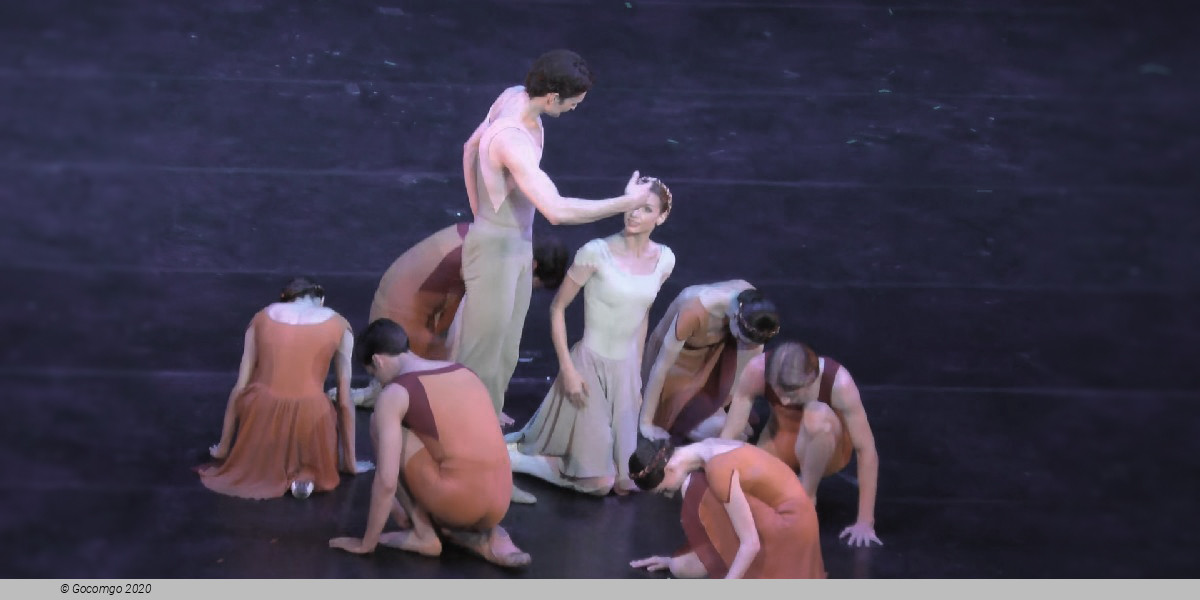
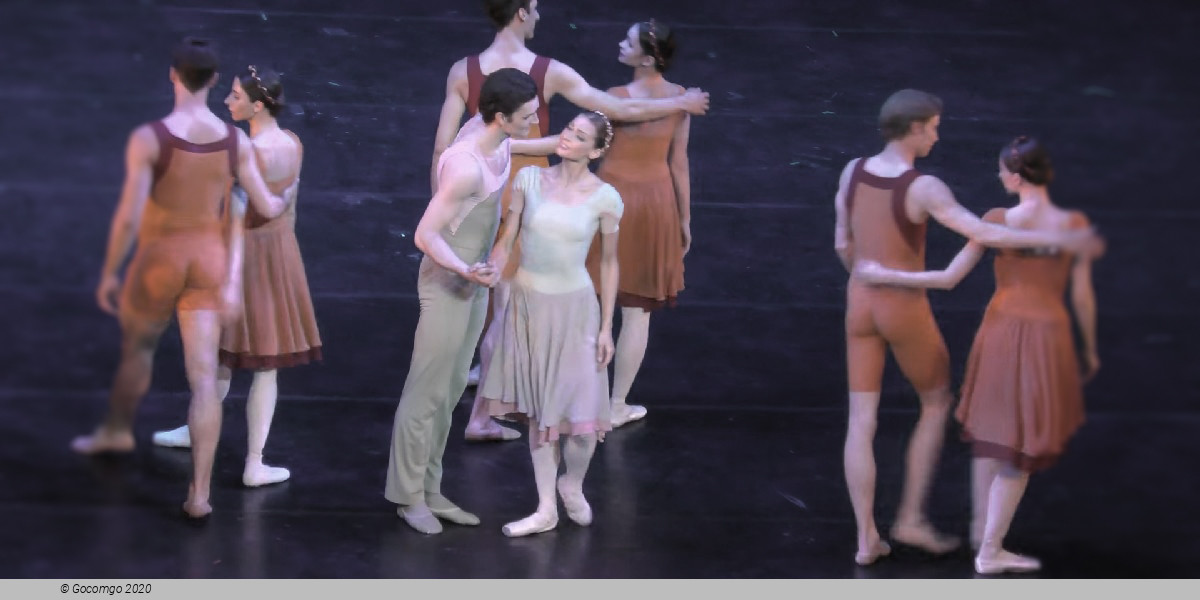
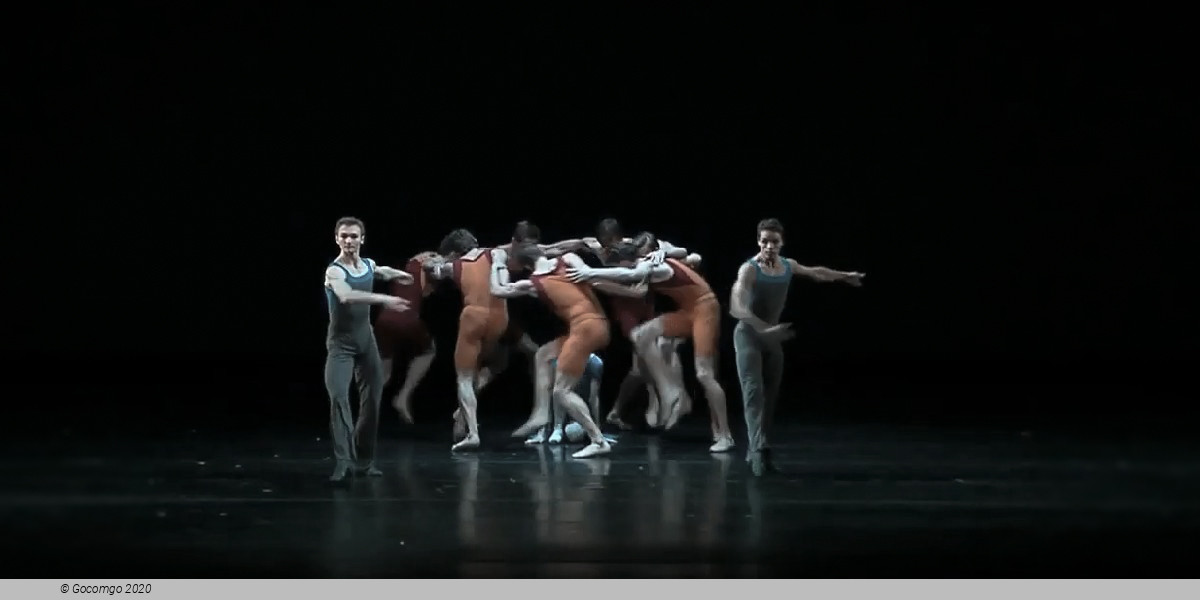
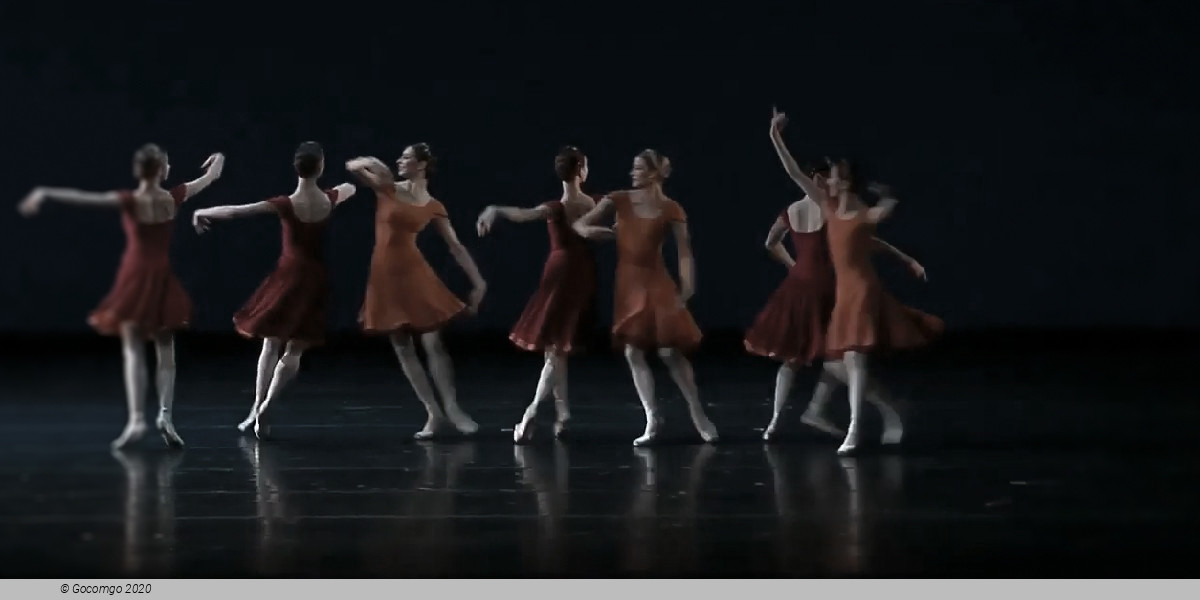
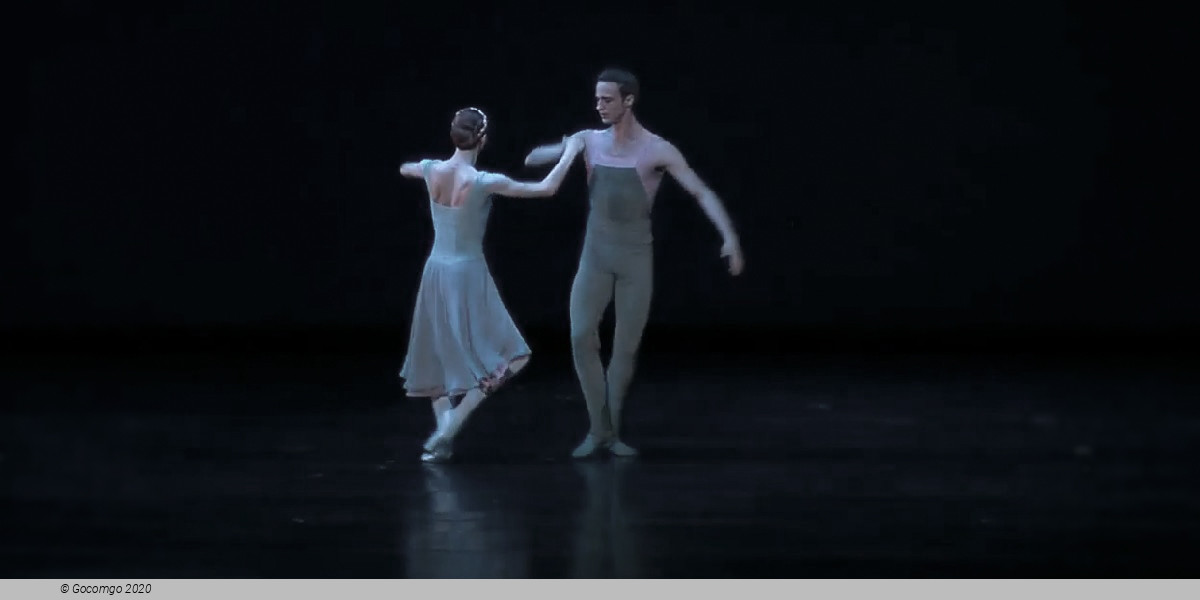
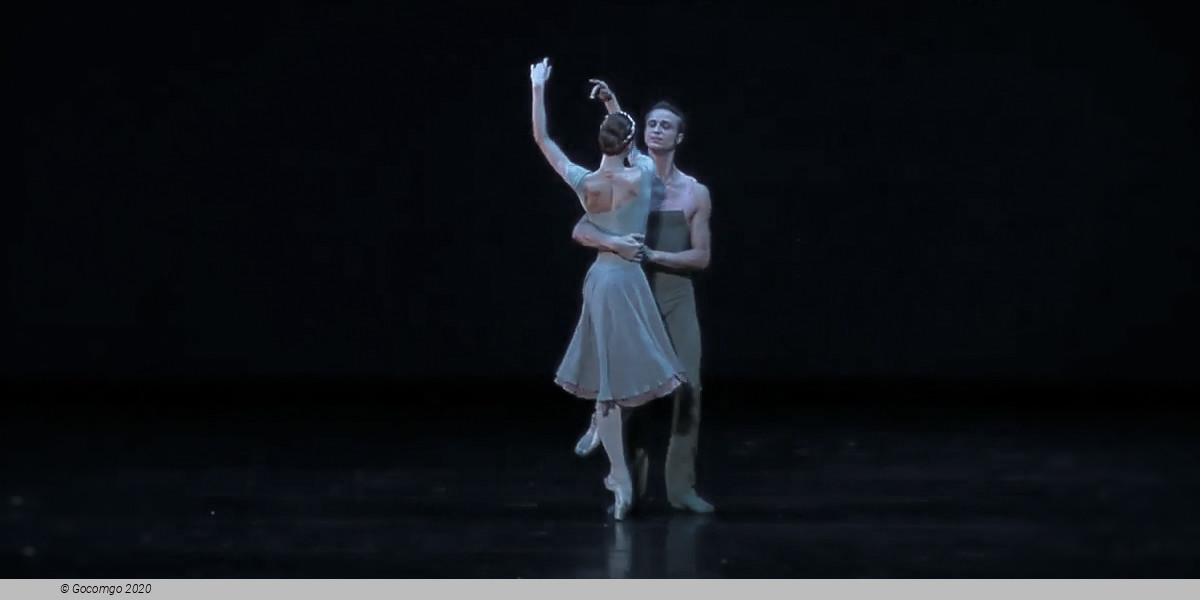
 20 Lincoln Center Plaza
20 Lincoln Center Plaza